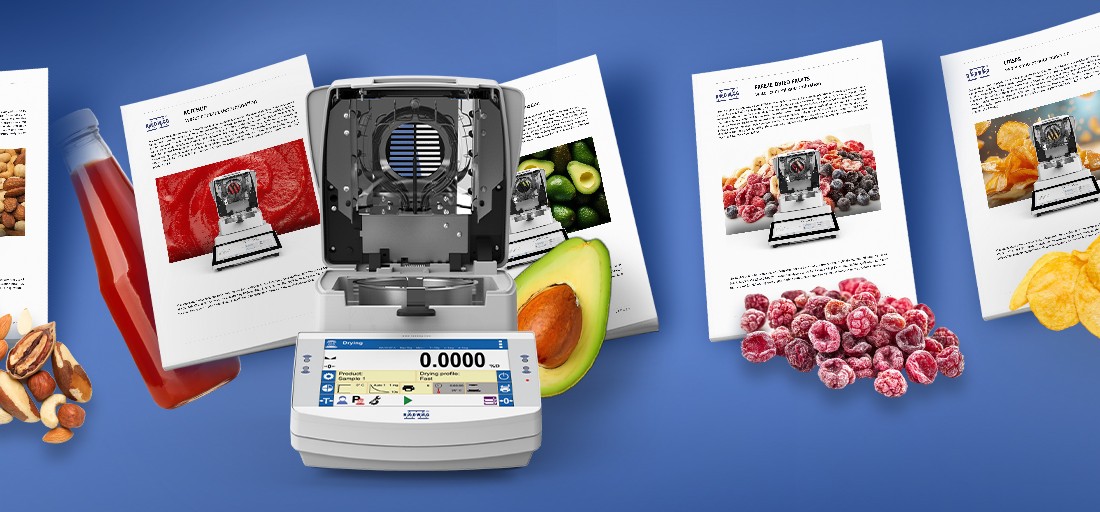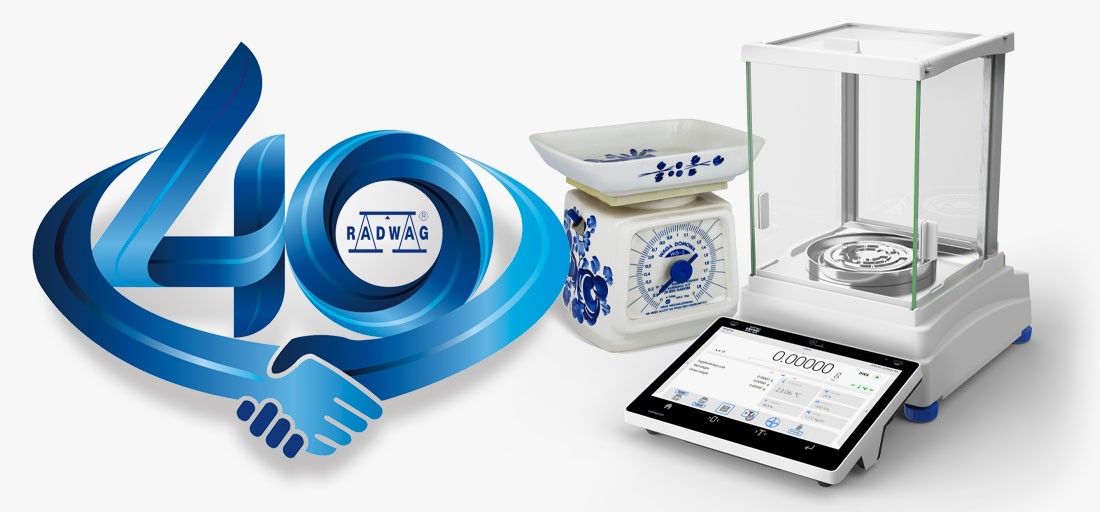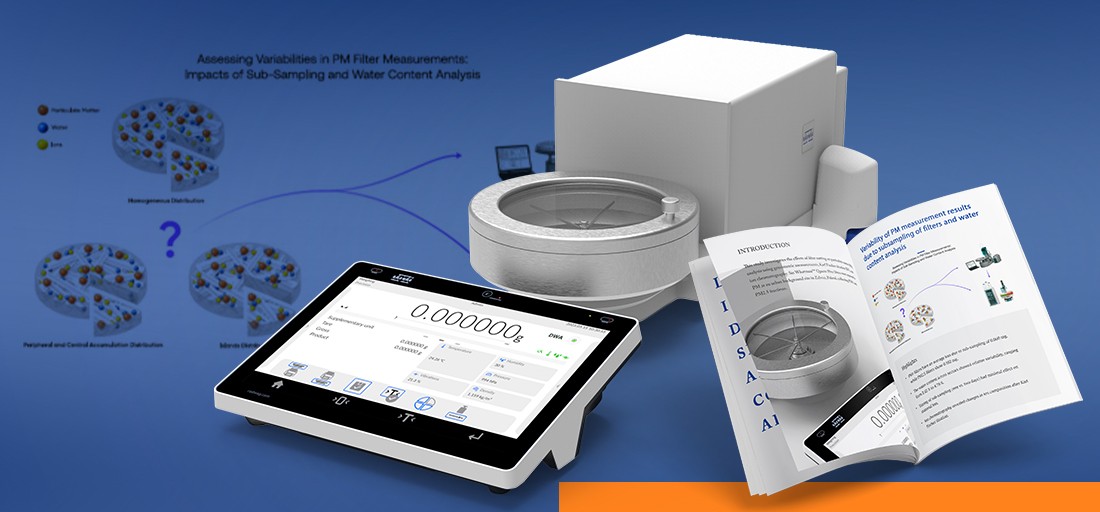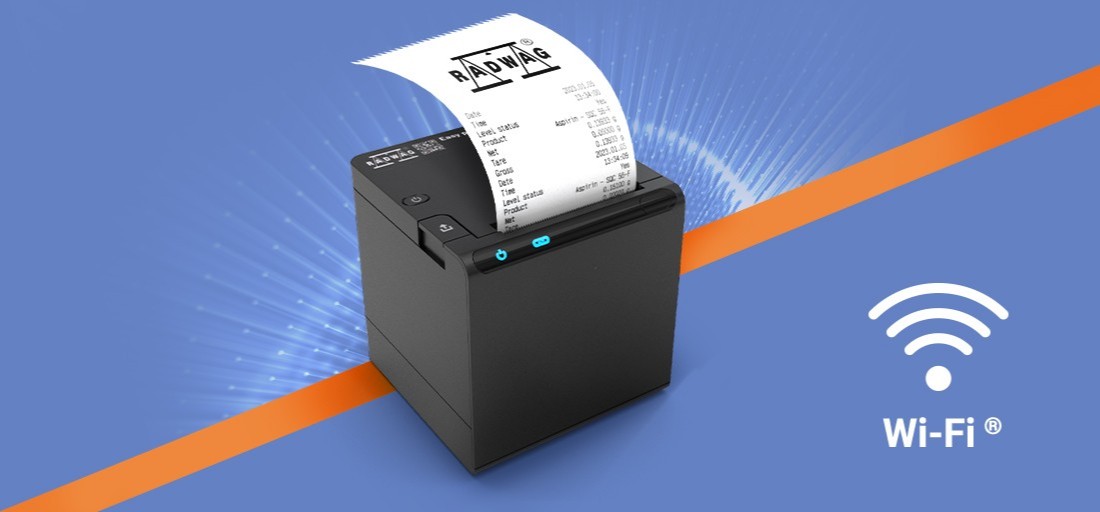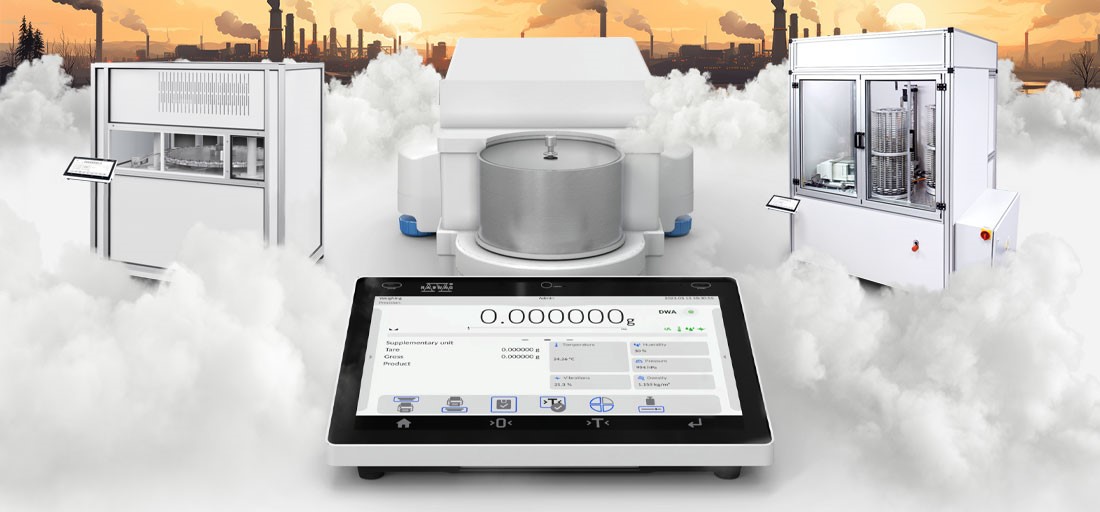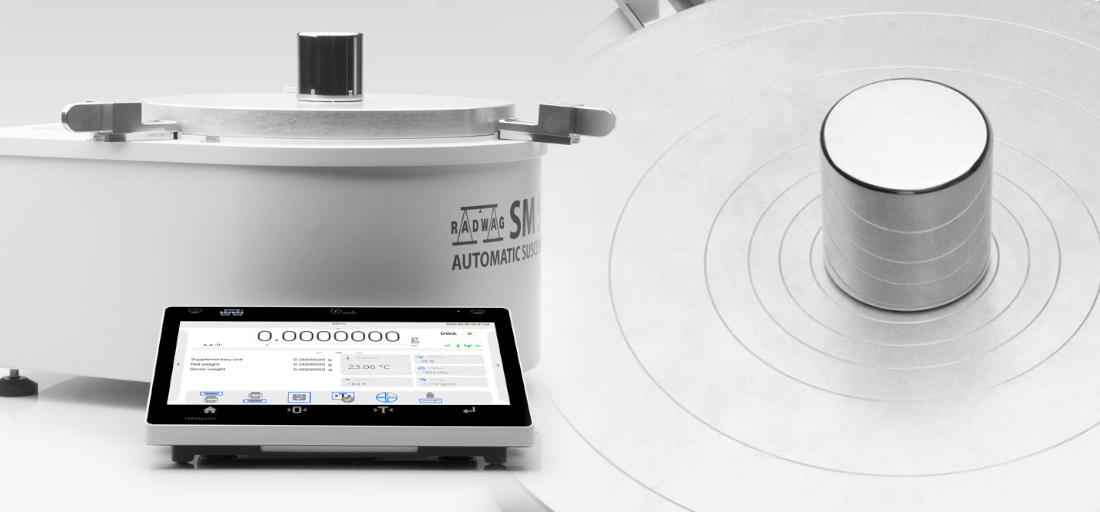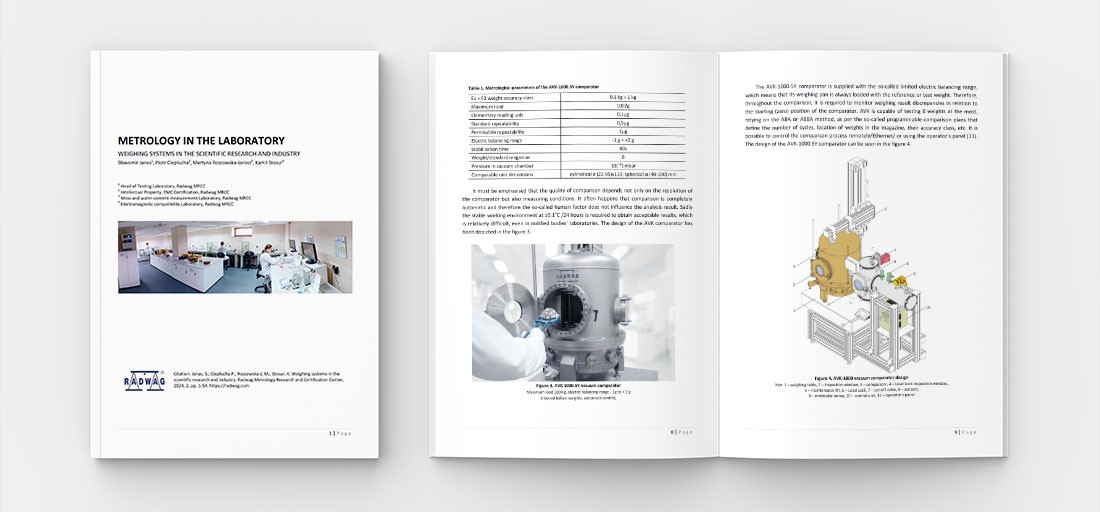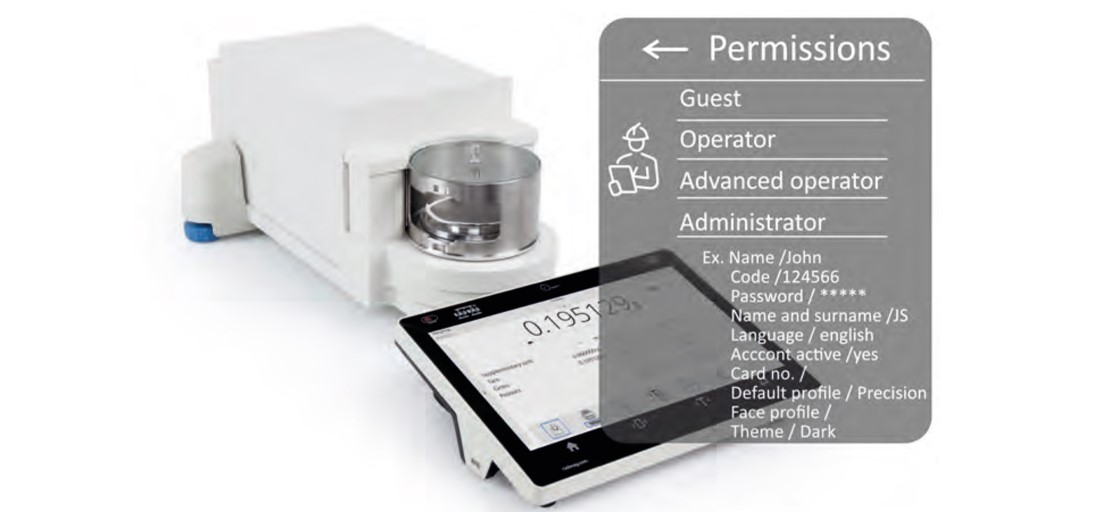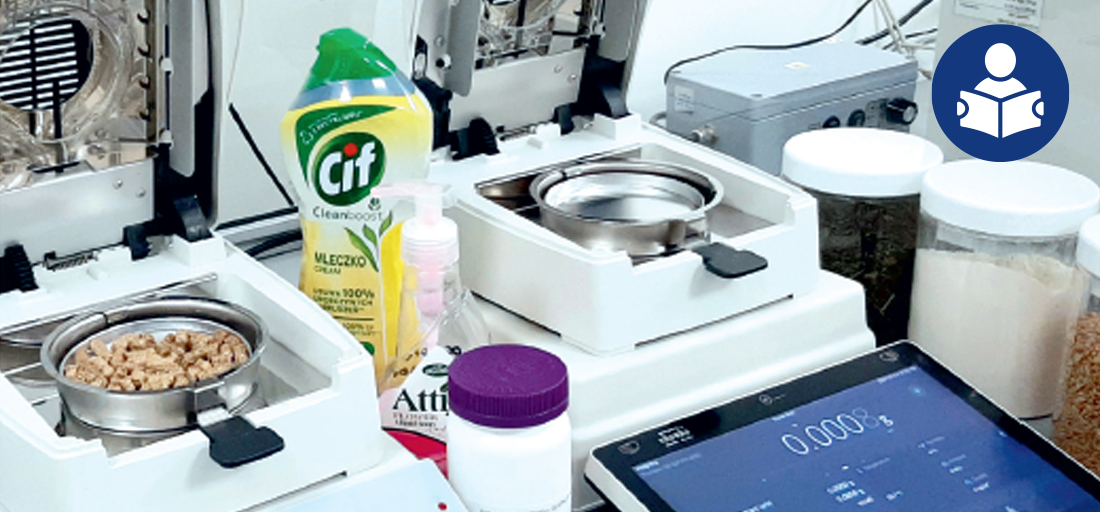Lexicon of Basic Metrological Terms by RADWAG
.jpg)
Mass metrology is a complicated field of science, so the staff of experts from the RADWAG Research and Certification Metrology Center has prepared a glossary for you.
“What Is Calibration?” and Other Frequently Asked Questions
In our Lexicon of Basic Metrological Terms you will find answers to the frequently asked questions by our customers. You will learn, among other things, what calibration is, what the difference is between adjustment and calibration, and whether accuracy is the same as measurement precision. In RADWAG’s new publication, we have compiled for you 43 definitions from the field of mass metrology. The table of contents will make it easier for you to find each of them.
Below are the definitions of several terms contained in the Lexicon of Basic Metrological Terms:
ADJUSTMENT
A set of activities as a result of which a measuring instrument is made to operate in accordance with its intended use. In the case of electronic balances, the balance sensitivity is corrected by comparing the weighing result of the internal adjustment standard with its reference value. Adjustment is performed in automatic cycles, controlled by temperature and time changes, or semi-automatic, controlled by the operator.
BALANCE
A measuring device used to determine the mass of a body by using the force of gravity on that body. The term “mass” is used to mean “conventional mass” or “conventional value of the result of weighing in air” according to OIML R111 or D28. The balance can also be used to determine other quantities, quantities, parameters or properties depending on the mass, e.g. density, number of details, percentage deviation from the standard, etc.
The balance can work in manual mode (non-automatic balance) or in automatic mode in the production line, then it is equipped with additional devices for labelling and selecting controlled products.
.jpg)
CALIBRATION
A term historically associated with the balance adjustment process. It probably has its source in the “calibration” word, which means calibration, i.e. determining the deviations of a measuring instrument. Before calibration, the balance is in the reference position, adjustments are made (if possible) and then the systematic error and random error of the balance are determined. Calibration results are given together with the uncertainty of their determination.
MEASUREMENT ERROR
The difference between the measurement result and the actual value of the measured quantity.
VALIDATION
An activity aimed at confirming that procedures, processes, devices, materials, activities and systems finally give the results that were planned. For balances, validation is the control of its metrological parameters and the control result is compared to the limits – user requirements. For drying processes, validation is the optimization of drying parameters in order to achieve precision and accuracy of analysis. In this process, the moisture reference value of the sample must be known.
.jpg)
Lexicon of Basic Metrological Terms by RADWAG – What else Will You Find in It?
In the lexicon we have developed, you will find not only 43 metrological terms easy to find thanks to the table of contents, but also comments on them, calculations and illustrations.
We encourage you to read the Lexicon of Basic Metrological Terms.

